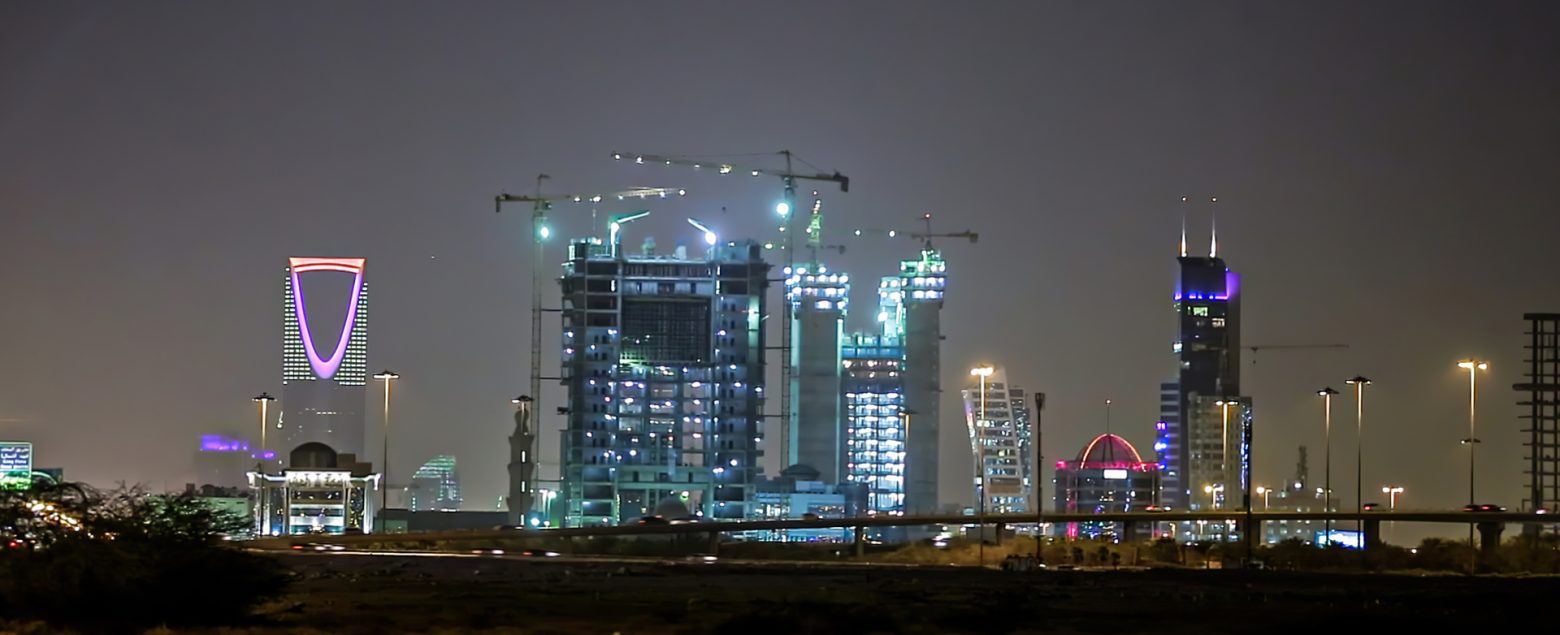The Gulf region is experiencing a transformative era of urban development, driven by ambitious initiatives like Saudi Arabia’s Vision 2030. These projects aim to create sustainable, smart, and inclusive cities that will set new benchmarks in urban living. This article explores the key aspects of urban development in the Gulf, focusing on Vision 2030 and beyond.
Table of Contents
Overview of Vision 2030
Vision 2030 is Saudi Arabia’s strategic framework aimed at diversifying the economy and reducing dependence on oil. A significant part of this vision is urban development, which includes building new cities and transforming existing ones to become more sustainable and technologically advanced.
Key Goals of Vision 2030
- Economic Diversification: Reducing reliance on oil by developing other sectors such as tourism, healthcare, and education.
- Sustainable Development: Promoting eco-friendly practices and reducing carbon footprints.
- Technological Advancement: Incorporating smart technologies to enhance urban living.
Key Urban Development Projects
NEOM
Overview
NEOM is a $500 billion mega-city project located in northwest Saudi Arabia. It is envisioned as a hub for innovation, sustainability, and livability.
Key Features
- Size: 26,500 square kilometers
- Sustainability: 100% renewable energy sources
- Innovation: Focus on biotech, advanced manufacturing, and renewable energy
Current Status
NEOM is in the early stages of development, with initial infrastructure work underway. The city aims to attract global talent and investment, positioning itself as a leader in futuristic urban living.
The Red Sea Project
Overview
The Red Sea Project is a luxury tourism and residential development spread over 28,000 square kilometers along Saudi Arabia’s Red Sea coast.
Key Features
- Eco-Tourism: Focus on preserving natural habitats and biodiversity
- Luxury Resorts: High-end resorts and residential communities
- Sustainability: Commitment to zero waste-to-landfill, 100% carbon neutrality
Current Status
The first phase of the project is expected to open by 2022, with several resorts and infrastructure developments already underway.
Sustainable Urban Development
Sustainability is a cornerstone of urban development in the Gulf. Cities are adopting green building practices, renewable energy sources, and innovative technologies to create eco-friendly environments.
Masdar City
Overview
Masdar City in Abu Dhabi is one of the world’s most sustainable urban developments, designed to be carbon-neutral and zero-waste.
Key Features
- Renewable Energy: Powered by solar energy
- Smart Infrastructure: Integrated smart grid and water management systems
- Green Buildings: LEED-certified buildings with advanced energy-saving technologies
Impact
Masdar City serves as a model for sustainable urban development, demonstrating the feasibility of green technologies in harsh climates.
Smart Cities
The Gulf is at the forefront of smart city development, leveraging technology to enhance urban living.
Smart Dubai
Overview
Smart Dubai aims to transform Dubai into the world’s smartest and happiest city by leveraging technology and innovation.
Key Features
- Smart Governance: Digital services and e-government platforms
- Smart Mobility: Autonomous vehicles and integrated public transport systems
- Smart Living: IoT-enabled homes and smart energy solutions
Current Status
Smart Dubai has implemented several initiatives, including the Dubai Data initiative and smart transport systems, making significant strides toward its goals.
Infrastructure Development
Robust infrastructure is essential for urban development, and the Gulf is investing heavily in this area.
Riyadh Metro
Overview
The Riyadh Metro is a comprehensive public transportation project aimed at reducing traffic congestion and improving mobility in Saudi Arabia’s capital.
Key Features
- Lines: Six lines covering 176 kilometers
- Stations: 85 stations
- Capacity: Designed to serve millions of passengers annually
Current Status
The project is in advanced stages, with trial runs already underway. Full operation is expected soon, transforming Riyadh’s transportation landscape.
Housing and Real Estate
Urban development initiatives are also addressing housing needs by developing affordable and high-quality residential communities.
Key Trends in Housing
- Mixed-Use Developments: Combining residential, commercial, and recreational spaces in a single development.
- Affordable Housing: Projects aimed at providing affordable housing options for low and middle-income families.
- Luxury Real Estate: High-end residential properties targeting affluent buyers and investors.
Examples
Projects like the King Abdullah Financial District (KAFD) in Riyadh and Lusail City in Qatar are prime examples of mixed-use developments that offer a blend of residential, commercial, and recreational spaces.
Conclusion
The future of urban development in the Gulf is bright, driven by visionary projects and strategic initiatives like Vision 2030. These developments are not only transforming the region’s landscape but also setting new standards in sustainability, technology, and livability. As the Gulf continues to grow and evolve, it will undoubtedly become a global leader in urban innovation and development.




